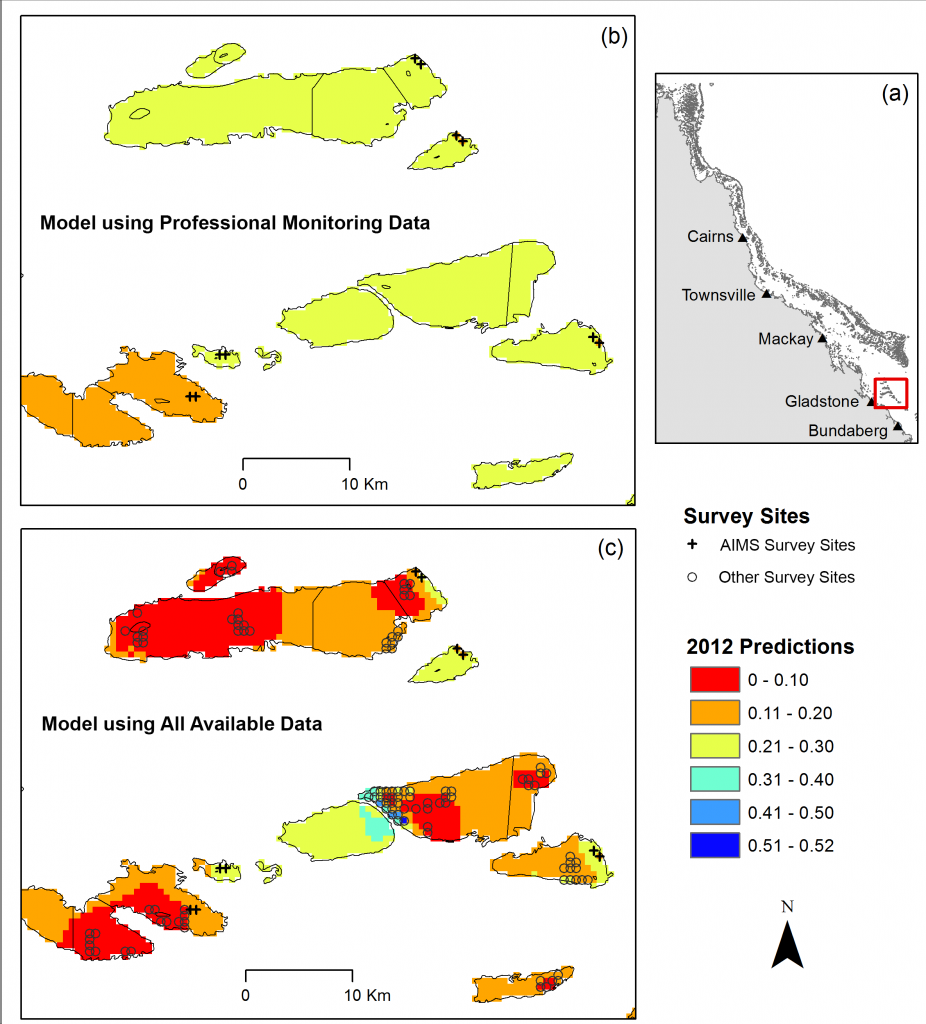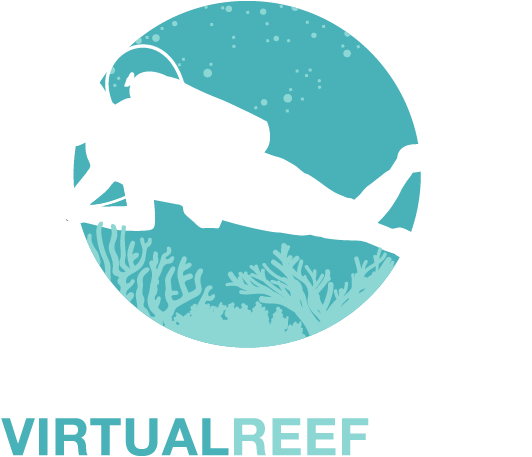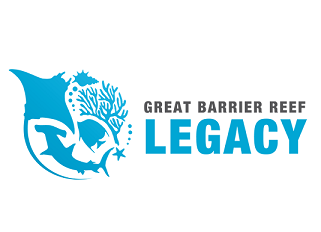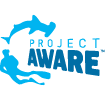In science, a model is a representation of an idea; a physical, conceptual or mathematical representation that is used to describe and explain phenomena that are too complex to be observed directly. Scientific models are used to explain and predict the behaviour of real objects or systems.
The vast distances between planets makes constructing a physical scale model of the Solar System a challenging task. For example, the distance between the Earth and the Sun is almost 12,000 times the diameter of the Earth. However scale models of the solar system do exist, including the Solar System Drive in Coonabarabran.
Improved technology has given us the ability to create a wider variety of models of the solar system, many of which are for educational purposes.

In other cases, scientists are less interested in how things look and more interested in how things work. For example, models are used to investigate how the landscape of Mars may have been formed and how it evolved over time.
All of these things are scientific models. Just like these models help us investigate and understand different phenomena within or aspects of our solar system, we can create models that help us investigate hard coral cover on the Great Barrier Reef. To learn more about scientific modelling in general, follow these links:
http://www.open.edu/openlearn/science-maths-technology/science/what-scientific-model#
https://www.sciencelearn.org.nz/resources/575-scientific-modelling
In the Virtual Reef Diver project, we combine data from our citizen scientists’ classification of images with other data sets to create our model.
The main components of our model are
- Estimates of coral cover which are obtained from a variety of sources, including classification of images by images by citizen scientists and images taken and processed by professional reef monitoring teams.
- Other known factors that affect coral cover such as cyclones, coral bleaching, position on the reef, and whether fishing is allowed in the area, are all included in the model. These factors are known as “covariates” and account for both direct and indirect sources of variation in coral cover.
- Temporal autocorrelation i.e. the fact that the same location is likely to be similar over time unless a disturbance, like a cyclone, happens in that location. For example, coral will continue to grow slowly, year by year, unless a disturbance like coral bleaching occurs, which causes a sudden change.
- Spatial autocorrelation i.e. the fact that locations close to each other will tend to be more similar than locations further apart. For example, if a location has been affected by a cyclne it is likely that nearby locaitons were also affected by that same cyclone.
- Noise, or error i.e the remaining variation in coral cover data that our model doesn’t explain.




















